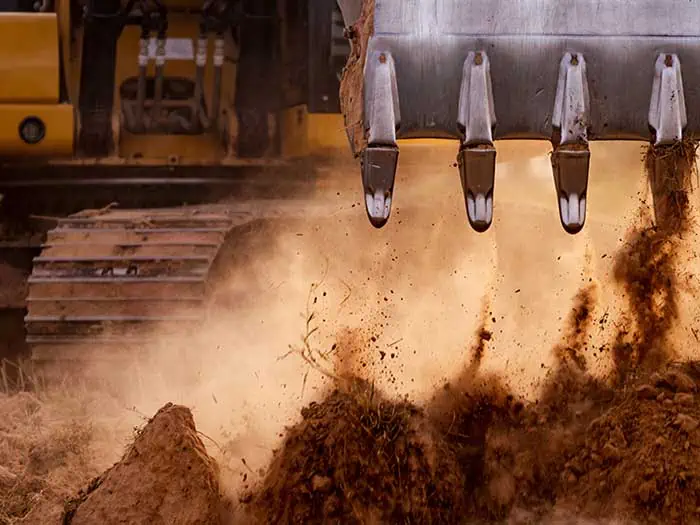


By proactively complying with regulations and completing a progressive assessment process, remediation contractors can avoid project delays and minimize the risks of improper soil transfer. While soil remediation in situ is preferable, it is not always possible.
Assessing and managing regulated waste soil and “clean” or inert soil is an important element in construction and demolition. To succeed, it’s necessary to understand the regulatory and legal framework regarding proper soil transport and disposal in a development setting and to develop best practices to avoid the risk and liability of shipping contaminated soil to unauthorized destinations.
Naturally occurring metals such as arsenic can be elevated because of regional geologic sources that exceed regulatory screening levels and disposal standards. Are these hazardous wastes? That depends on the concentrations of the chemical constituents or metals in the soil. Properties with previous land use often show concentrations of these constituents in the soil below hazardous waste levels but high enough to designate certain soils as regulated nonhazardous waste. Contractors must dispose of or recycle this soil at a properly licensed facility or face heavy penalties.
If your project requires importing and exporting soil, follow Environmental Consultant Keith Etchells’ advice in this C&D Magazine article to keep compliant with regulatory agencies and costs low during soil disposal.
